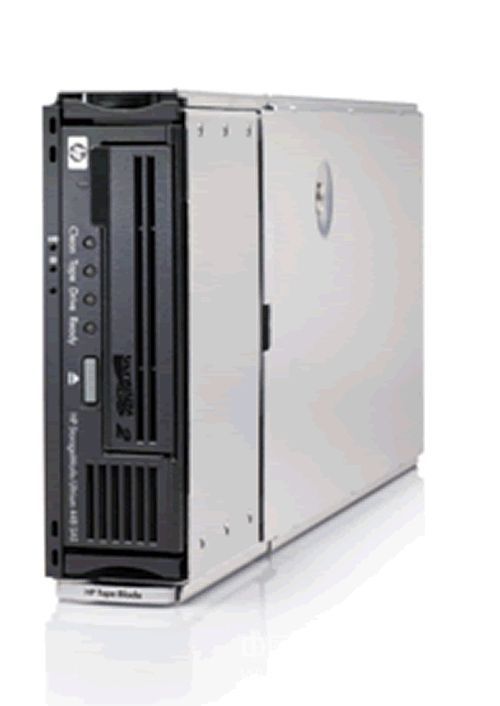You must first determine which files to operate during the backup process. In a business environment, this is a difficult decision, and it can have serious consequences. If too much data is backed up, the cost of the backup system will be too large, and other expenses will be cut. If you do not back up enough data, important data may be lost.
Backing up the entire system is very simple (make sure not to back up some directories mounted by NFS and special file systems such as / proc /), but usually there are too many backup contents. If the data on the entire system disk is lost, you may have to reinstall the basic operating system before recovering any data. It is not pointless to save these system files on a backup tape. Therefore, in order to reduce the cost of the backup system (including hardware, network, system load and backup time), usually only important files should be backed up.
Shared programs: Common programs that can be used in multiple systems. The / usr / local or / opt directories are often shared among multiple systems. These directories contain other operating systems that are not provided with the operating system.
User data: User home directory that contains all user data and private files.
Application data: In a distributed computing environment, application data is usually shared among multiple systems. For example, Web server clusters often need to share the same content.
System information: System information includes account information (users, groups, and passwords), mail aliases, and host lists. Only you know where your data is stored. Before setting up your own backup system, at least think about this issue. Although I cannot list every piece of data that needs to be backed up, I can provide some guidance, including:
Important system data: Don't forget important system data, such as files in the / etc / directory, and sometimes files in the / var / directory. If these files are automatically generated, you may only need to back up these files on the main system.
Later added software: includes any software provided in the system that is not provided by the original operating system. You may have installed these software in the / opt / or / usr / local / directory, which can simplify the backup process of these software. Or, you might install all of these programs on a centralized file server, which makes the backup process easier. If there are some software packages installed on the system, make sure to save these already installed packages and include them in the backup process.
Application configuration files and data: Consider which services are running on each system. If a system is running DNS service, make sure to include zone files when backing up. If the system is running Web services, it is necessary to backup Web content, and sometimes even access logs (these logs may or may not be important).
Development resources: If you have a CVS repository, bug database, knowledge base, and other development tools that hold important data, you should ensure that these files are included in the backup.
Management tools: Don't forget to include all system automation scripts and tools in the backup process.
Database: If you save some data in one or more databases, you obviously need to include the data in the backup process, but in addition, you must also ensure that the data is properly backed up. In many cases, in order to properly back up the contents of the database, you may need to close the database or dump the data. Although some database software can export and back up data to an appropriate format, some backup software can back up the database while the database is running.
User data: Finally, users in the system will usually be very grateful that you included their private files when backing up. If you have a large file server, this machine is ideal for performing backups and copying data from other systems as needed.
Another question to consider is what level of time is required for the backup process. If you use a tape backup system and there is only one tape, you have to replace the data on the tape every day. If someone realizes that they deleted a file by mistake a few days later, then they are really unfortunate. Of course, if all the data can be saved on a tape, then the solution is simple-just buy
Multiple tapes are sufficient. But if there is a lot of data, the situation is much more complicated.

Pruning Scissors,Grass Scissors,Garden Snips,Grass Cutting Scissors
GUANGDONG INWIN INDUSTRIAL GROUP CO. ,LTD. , https://www.inwin1979.com